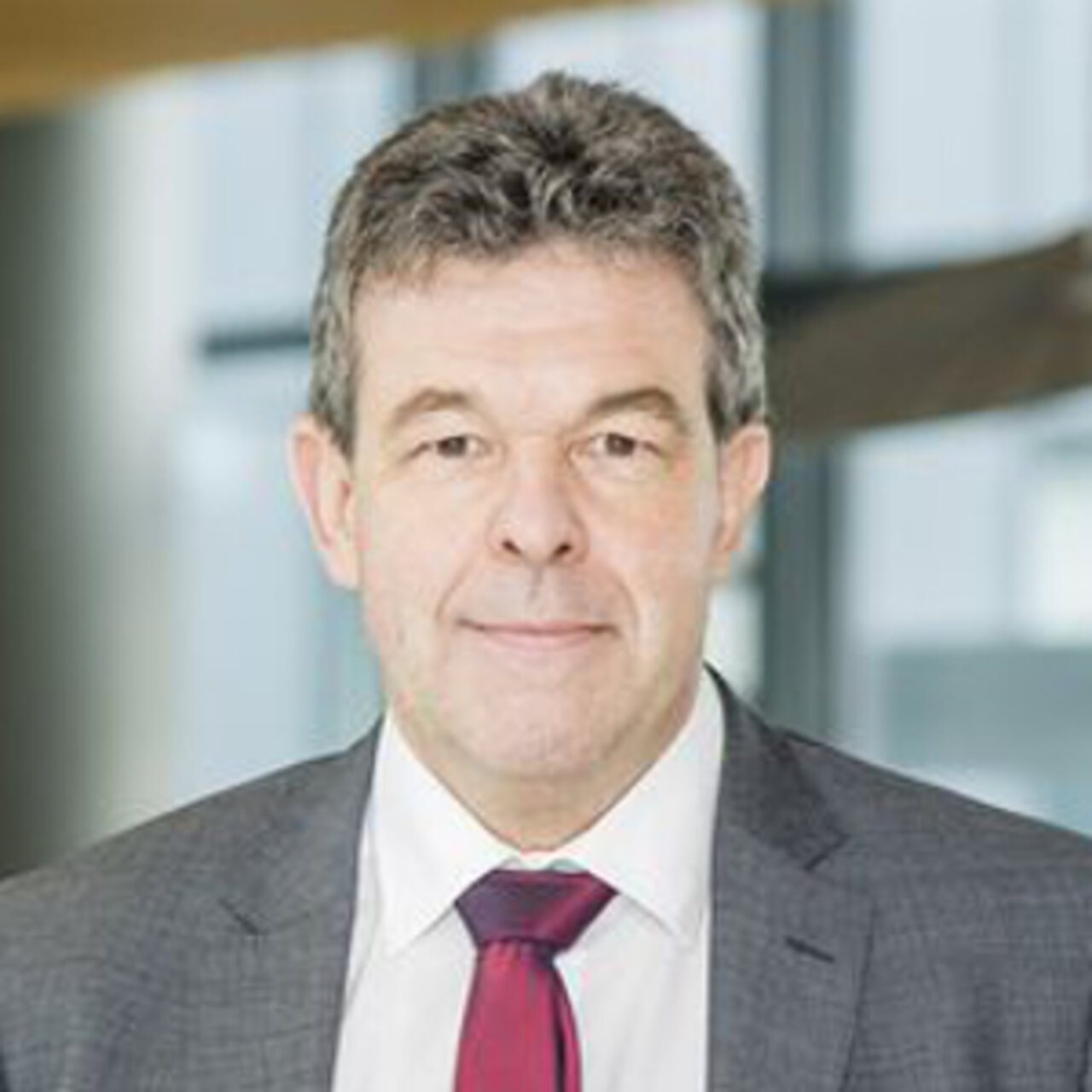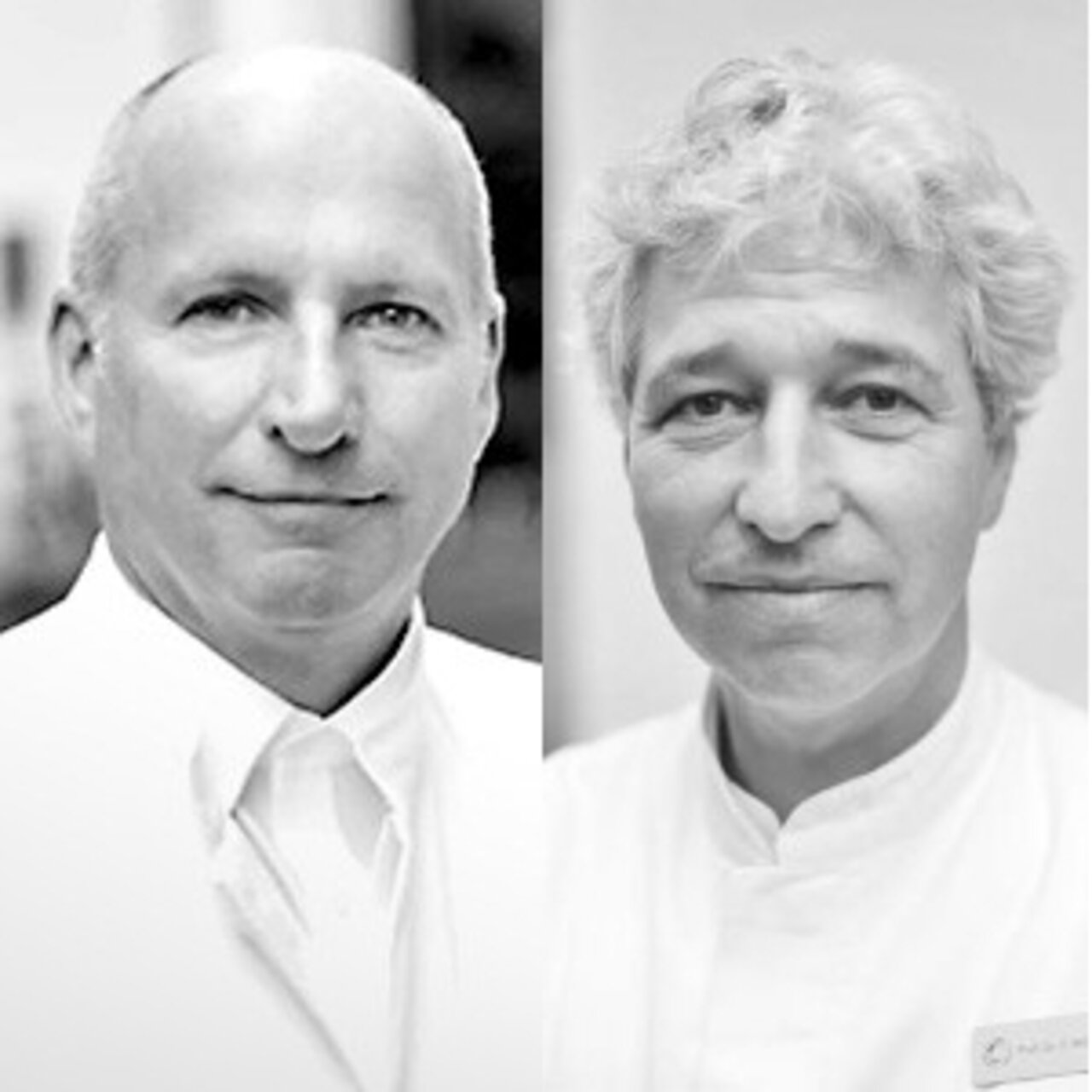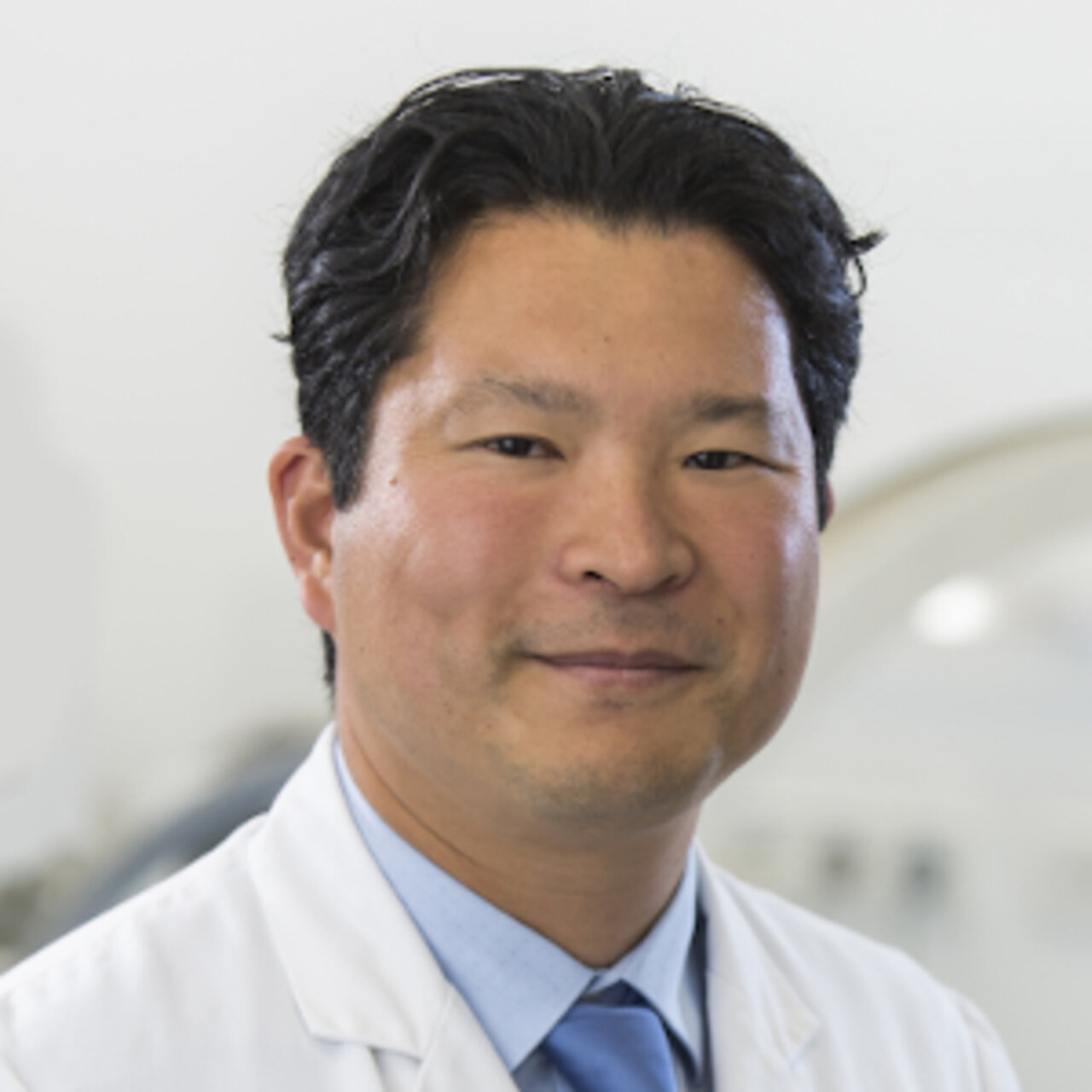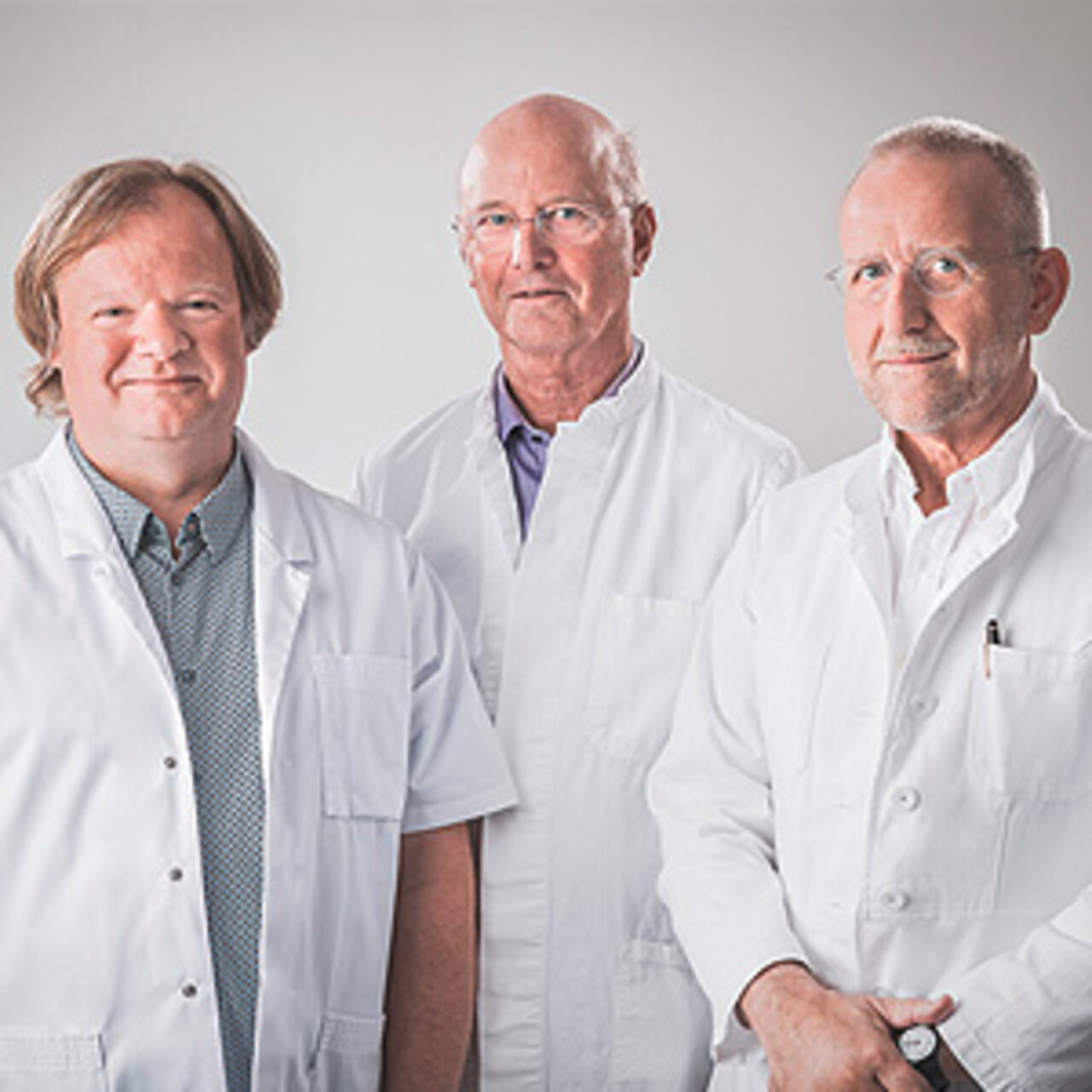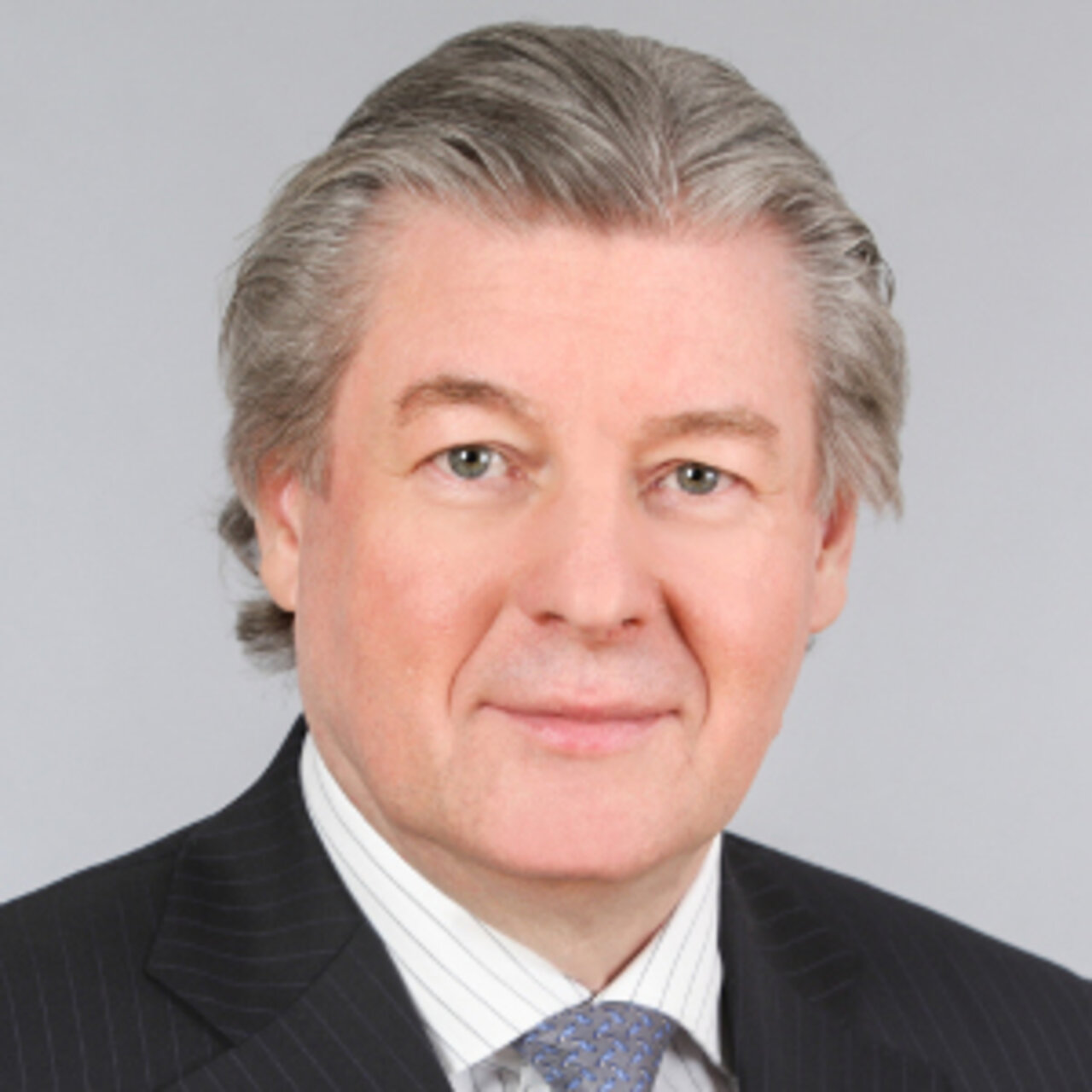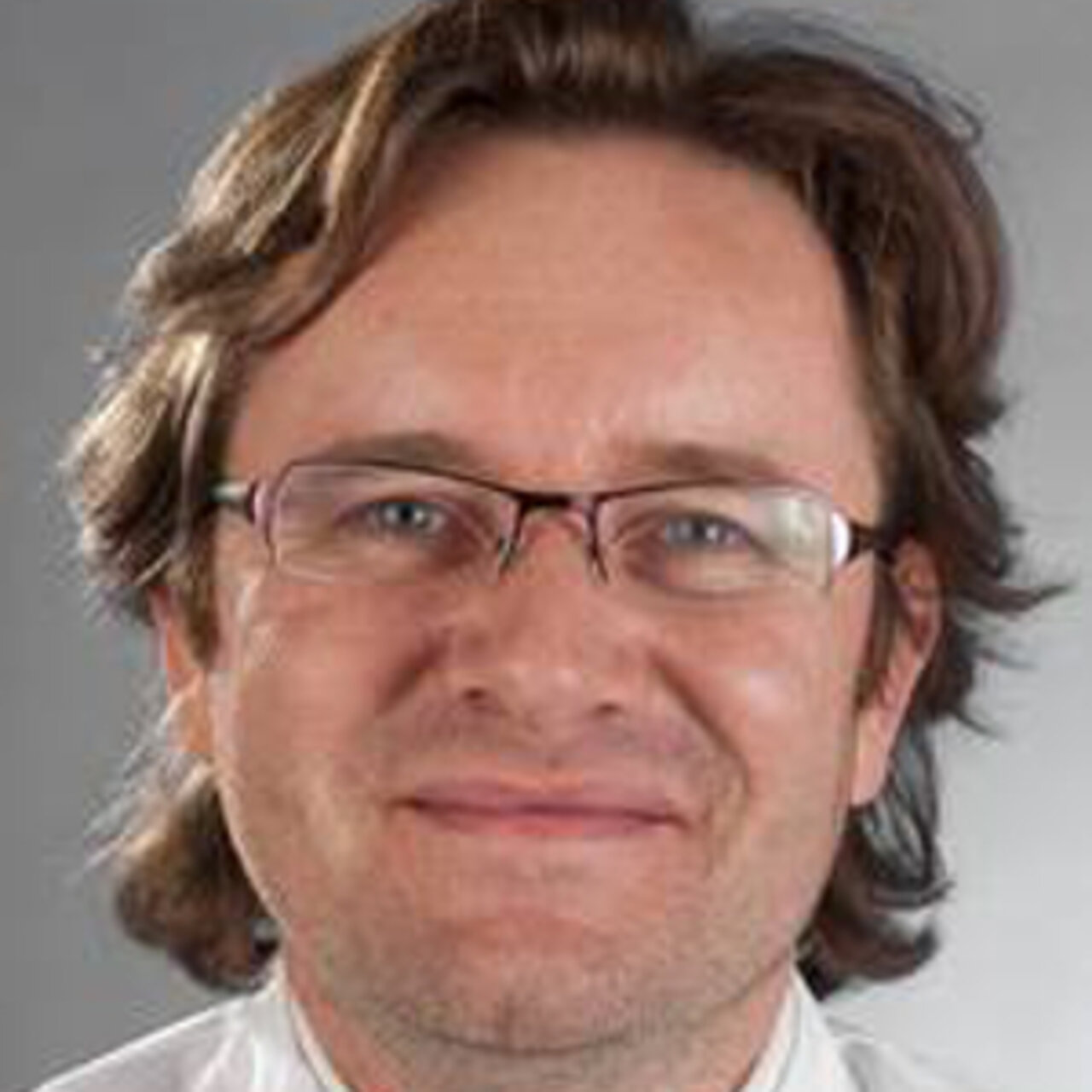Specialists in Astrocytoma
12 Specialists found
Radiological Alliance – Interdisciplinary Center for Radiosurgery
Radiation Therapy / Gamma Knife
Hamburg
Information About the Field of Astrocytoma
What Is Astrocytoma?
Astrocytoma is one of the most common brain tumors. The term astrocytoma covers various brain tumors that originate from so-called astrocytes (supporting brain tissue cells). According to the WHO (World Health Organization) scheme, they are classified according to their malignancy into different groups the WHO (World Health Organization) scheme.
Astrocytoma Grading
Grade I astrocytoma corresponds to a benign brain tumor frequently in children and adolescents.
Grade II astrocytoma corresponds to a low-malignant tumor with a frequent age of onset between 30 and 40 years.
Grade III and IV astrocytoma belong to the high-grade malignant tumors and occur more frequently between 40- and 60-year old patients. The latter corresponds to a glioblastoma (glioblastoma multiforme).
To briefly explain the naming of astrocytes and glioblasts: cytes are mature cells, and blasts are immature cells. The more malignant the tumor, the more immature the cells. The immature cells do not adhere to cell boundaries and are therefore more aggressive, which means that glioblastoma is the more malignant tumor.
Astrocytoma Causes
All astrocytoma can be newly formed (de novo) and progress from benign to malignant, although this is extremely rare in grade I astrocytoma. In addition, certain hereditary diseases can lead to a clustered occurrence of astrocytoma, such as neurofibromatosis type I.
Therapeutic radiation treatment (not to be confused with diagnostic radiation use in X-ray or CT) in childhood can lead to a brain tumor after many years. No other risk factors are known.
Astrocytoma Symptoms
Depending on the malignancy, astrocytoma becomes symptomatic rather late because of slow-growing (in benign and low-malignant tumors) or relatively early because fast-growing (high-malignant tumors).
The first symptoms can be a headache, which is unnaturally long and does not respond to the usual medications, other brain pressure signs such as nausea and vomiting (a consequence of the increasing pressure in the brain due to the displacement of brain tissue by the tumor), epileptic seizures and, depending on the localization of the tumor, also visual or balance disorders, personality disorders, paralysis, hormonal disturbances, and similar. Important: The symptoms can resemble those of a stroke!
What Are the Diagnostic Procedures?
Radiology imaging procedures confirm the diagnosis of astrocytoma. Both MRI (magnetic resonance imaging) and CT (computed tomography) are standard procedures, where a contrast agent is additionally used for better tumor identification and localization.
Since astrocytoma can sometimes not be accurately distinguished from other brain lesions, such as a stroke (infarction), multiple sclerosis, or lymphoma, a brain biopsy from the tumor area is performed to confirm the final diagnosis.
Astrocytoma Treatment and Surgery
Treatment depends on the patient's age and the malignancy of the tumor. All tumors should be removed entirely by neurosurgery, if possible. The surgery is carried out as little invasive (tissue-damaging) as possible in this case. It is also called minimally invasive. If the tumor does not grow compactly (diffusely), biopsies are taken from the tissue during the surgery to examine it later for the invasiveness of tumor cells.
The additional procedure varies depending on the grade of the tumor. Grade I and II tumors, are re-irradiated if removal is incomplete and certain patient-specific risk factors are present. Grade III and IV tumors should always be treated with additional radiation therapy and chemotherapy.
Prognosis and Life Expectancy with Astrocytoma.
Prognosis is primarily dependent on the type of astrocytoma, patient age, underlying health status, and complete removal of the tumor.
A benign astrocytoma can almost always be cured by surgery. Permanent nerve damage is relatively rare. If single malignant tumor cells are found in the removed tissue, postoperative irradiation occurs. Even spontaneous regression can be observed in rare cases if the tumor is inoperable (due to the problematic access route).
Low-malignant astrocytoma (grade II), like grade III and IV astrocytoma, is not curable so far. In most cases, a transformation to even more malignant astrocytoma follows over the years. On average, about half of the patients are still alive five years after therapy. This prognosis decreases with the degree of malignancy to a few months for a grade IV astrocytoma.
To keep life expectancy as high as possible, precise follow-up regimens must be followed to detect and treat tumor recurrence (relapse) as early as possible.
Sources:
https://www.hirntumorhilfe.de/hirntumor/tumorarten/astrozytom/
Henne-Bruns, Doris; Dürig, Michael; Kremer, Bernd; Bruns, Doris Henne: Chirurgie. 2. Aufl. Stuttgart: Thieme, 2003.
Siewert, Jörg Rüdiger: Chirurgie. Berlin, Heidelberg: Springer, 2006.
